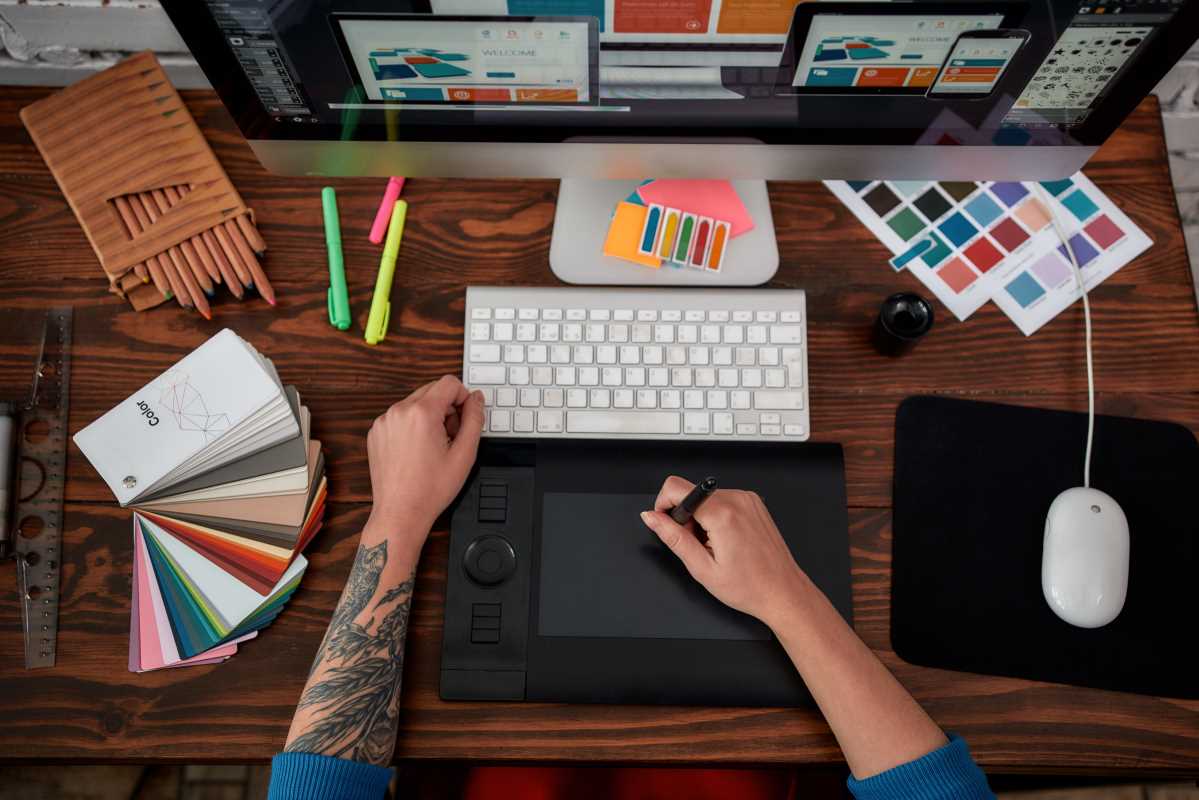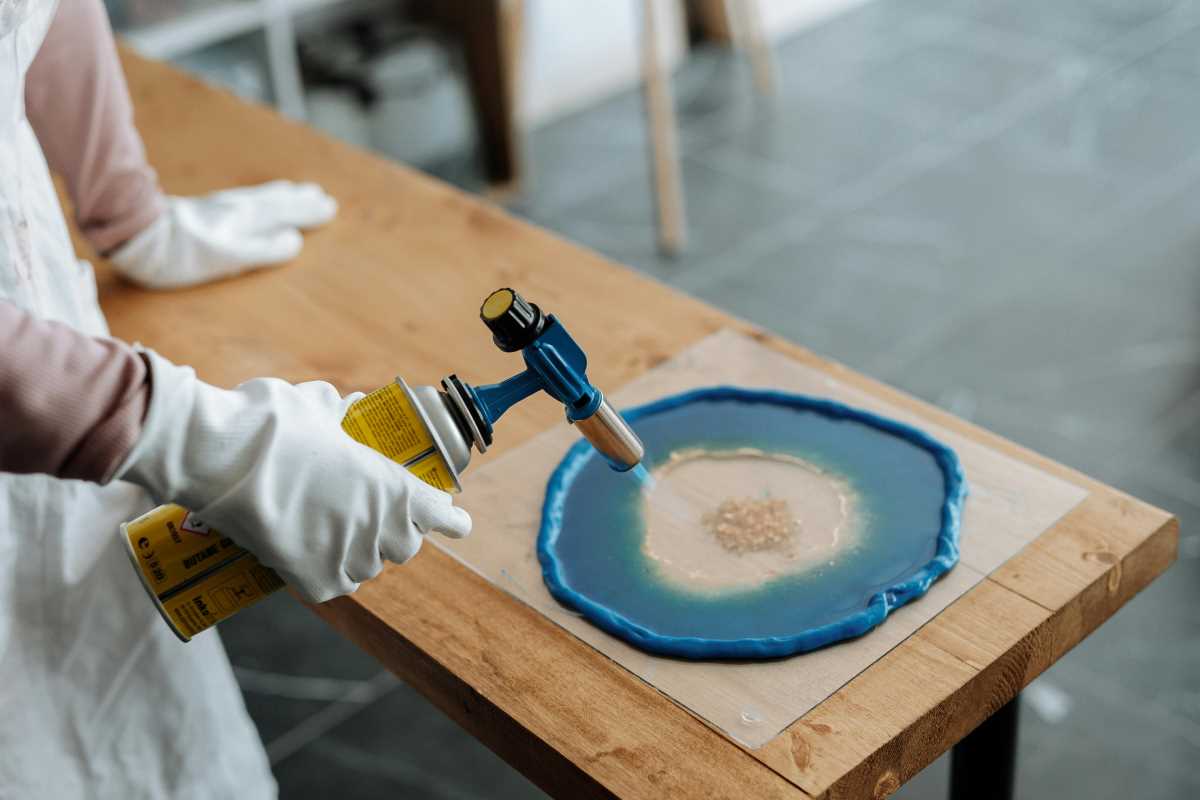Sunlight filtering through trees and the soft murmur of a nearby stream often reveal details you might otherwise overlook—the intricate lines on leaves, the dance of shadows across the forest floor, or the elegant sweep of a bird’s wing overhead. Opening your notebook in these moments turns casual looking into a creative exchange with nature itself. This guide invites you to approach the outdoors as an inspiring collaborator, encouraging you to interact with the landscape and spark new artistic ideas. Along the way, you will discover ways to refine your visual awareness, choose essential materials, and integrate drawing or sketching into your time outside with ease.
As you explore, moments of quiet focus lead to unexpected inspirations—a dew-laden spiderweb reflects the delicate interplay of line and light, a fallen pine cone suggests a geometric motif you hadn’t considered. By translating these discoveries into sketches, notes, and color swatches, you build a personal visual library that fuels your next painting, design, or mixed-media piece.
Sharpen Your Creative Sight
Often, the richest insights come when you notice contrasts—how the jagged edge of bark contrasts with soft moss or how a bumblebee’s wing catches afternoon sun. By framing these juxtapositions in your mind’s eye, you train yourself to spot the subtle rhythms that give character to a composition. You’ll begin to recognize repeating shapes, delicate textures, and shifting hues without relying on clichés or standard checklists.
Combining careful observation with playful experimentation turns your journal into a laboratory for new approaches. As you flip through pages filled with quick studies, odd color pairings, and margin scribbles, you’ll uncover visual motifs that resonate with your personal style. Nature journaling thrives on this mix of attentive observation and freeform exploration, guiding you to discover possibilities that go beyond any traditional hobby guide.
Essential Tools and Techniques
- Fine-Tip Sketching Pens
- Purpose: Create clean, reliable outlines before adding color—ideal for capturing fine details like leaf veins or feathers.
- Usage Steps:
- Outline basic shapes.
- Add interior details with varied pressure for line variation.
- Allow ink to dry fully to avoid smudging.
- Cost/Availability: ~$10 for a set of 3; widely available at art supply stores.
- Pro Tip: Test ink flow on a scrap of tracing paper to evaluate how it performs on different textures before working on your final page.
- Water-Soluble Colored Pencils
- Purpose: Combine the precision of pencils with the fluidity of watercolor to create tonal gradients and depth.
- Usage Steps:
- Lightly lay down your base color layers.
- Activate pigments with a mist of water or a damp brush.
- Blend edges to create smooth transitions.
- Cost/Availability: $1–$2 per pencil; available individually for custom palettes.
- Pro Tip: Mark a swatch on the bottom of each pencil for easy color recognition while in the field.
- Compact Clipboard Journal
- Purpose: Provide a firm, portable surface for sketching in unpredictable outdoor settings.
- Usage Steps:
- Clip your journal securely to the board.
- Use your lap or a flat surface to support the clipboard.
- Rotate the page vertically for tall subjects like trees.
- Cost/Availability: Under $15; found in office supply and outdoor gear sections.
- Pro Tip: Attach an elastic cord to hold essential tools like pens or brushes and prevent them from getting lost in grass or mud.
- Portable Folding Stool
- Purpose: Increase comfort and elevate perspective during long sketching sessions.
- Usage Steps:
- Unfold on solid, level ground.
- Adjust legs if possible to suit uneven terrain.
- Rest your clipboard journal on your lap or mount it as needed.
- Cost/Availability: $25–$40; available at camping and outdoor stores.
- Pro Tip: Use a string or clip to secure a brush or pencil under the seat for easy access while sketching.
- Field Watercolor Set
- Purpose: Apply vivid washes and seasonal color references directly to your sketches.
- Usage Steps:
- Moisten pans with a few drops of water.
- Test colors on a scrap sheet before applying.
- Use light layers, gradually increasing intensity.
- Cost/Availability: $20–$30 for mid-range half-pan sets; available in art and specialty stores.
- Pro Tip: Bring a small piece of waterproof masking tape to block off highlight areas before painting—remove it after drying for bright, untouched whites.
Capture Details in the Field
After preparing your kit, focus on developing a process that balances speed and depth. Start by scanning your surroundings for interesting moments: a cluster of mushrooms pushing through leaf litter, the way sunlight filters through pine needles, or the curve of a riverbank. Use quick thumbnail sketches to establish basic proportions before adding fine details.
Follow a simple three-step routine: observe for one minute silently, sketch outlines for two minutes, then note colors or textures for another two minutes. This rhythm keeps you engaged without overthinking, letting your intuition guide your hand while keeping key features accurate. Carry a small notebook page dedicated to captions—brief descriptions like “chalky bark,” “warm amber hue,” or “fluttery wing motion” help anchor visual impressions and spark ideas when you revisit your pages later.
Develop Observation Habits
Turn observation into a creative habit by setting small goals like weekly sketches or color studies after walks. Explore varied environments to challenge your perspective and revisit past entries for renewed inspiration. Over time, this consistent practice builds a rich visual library and deepens your artistic connection to the natural world.
 (Image via
(Image via





